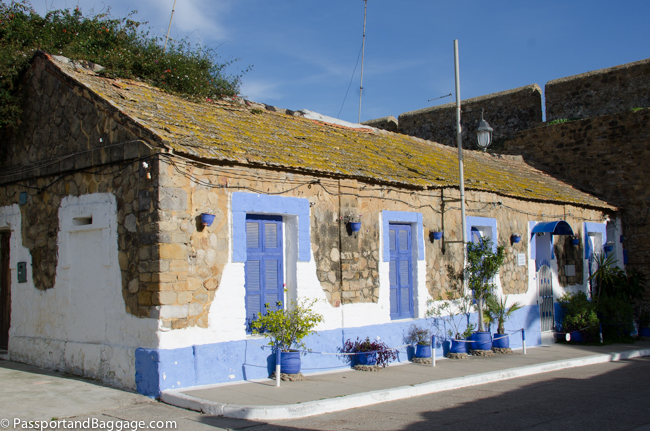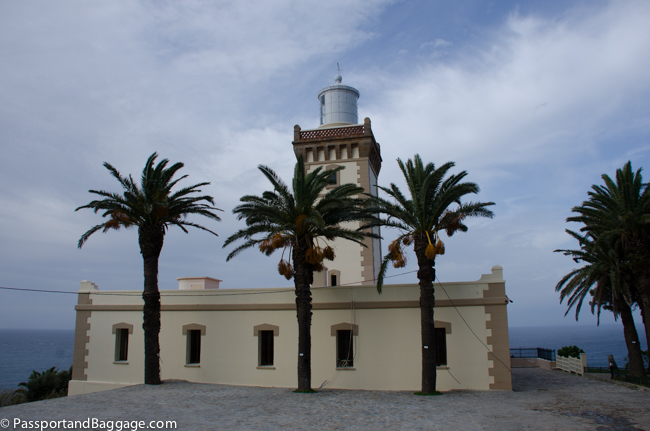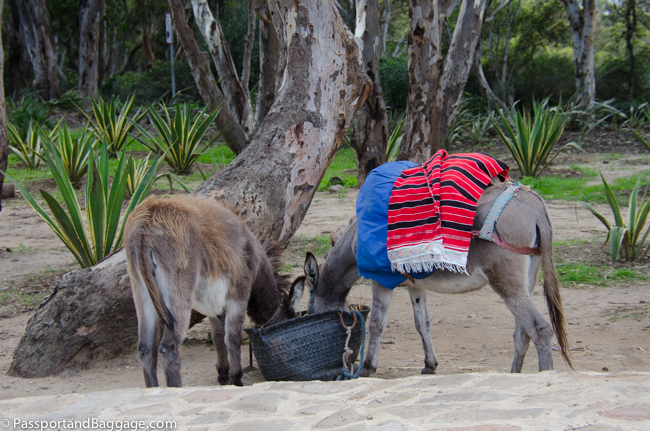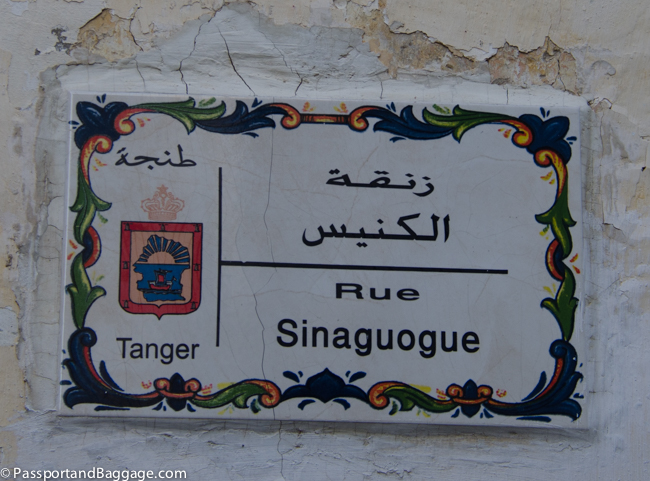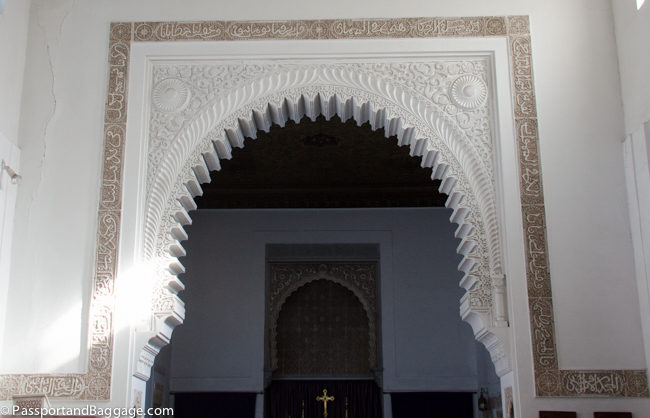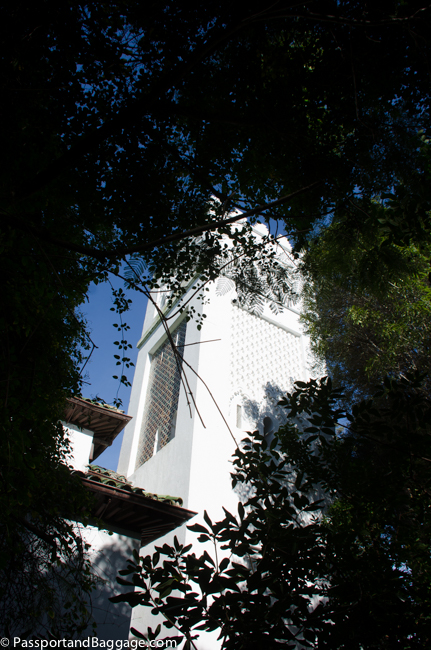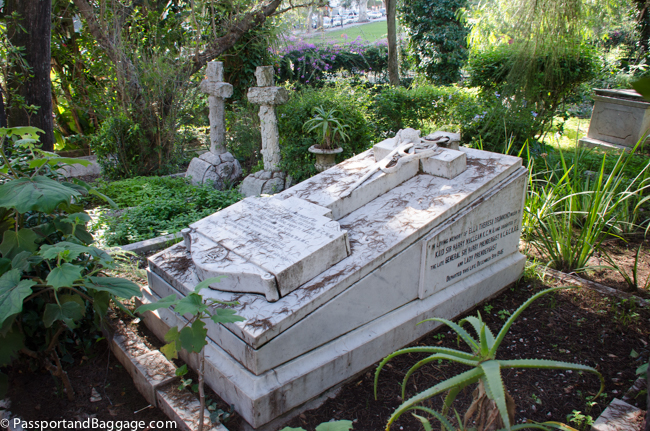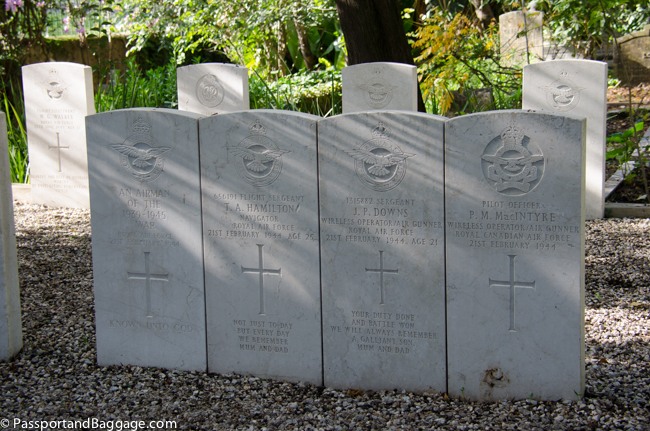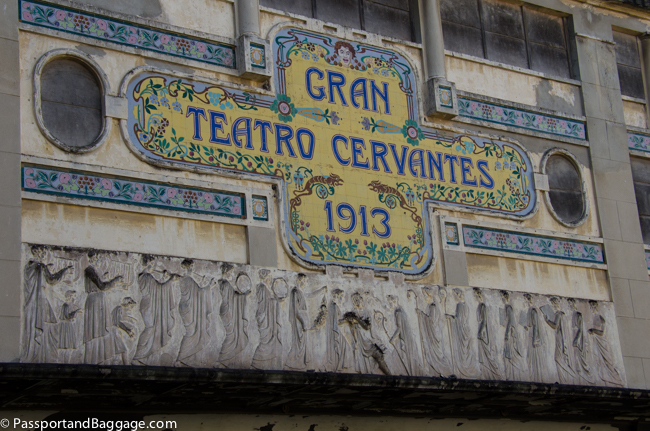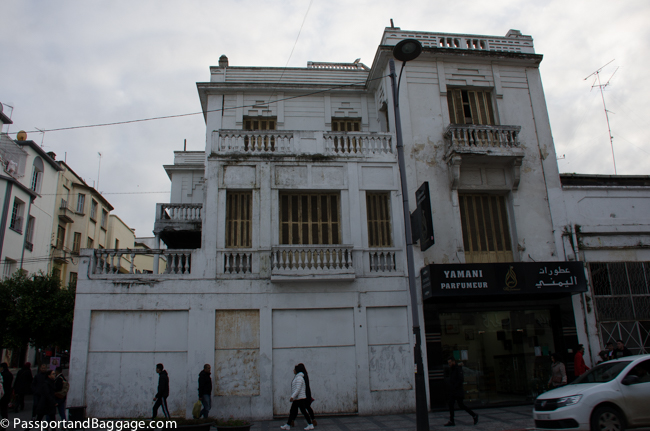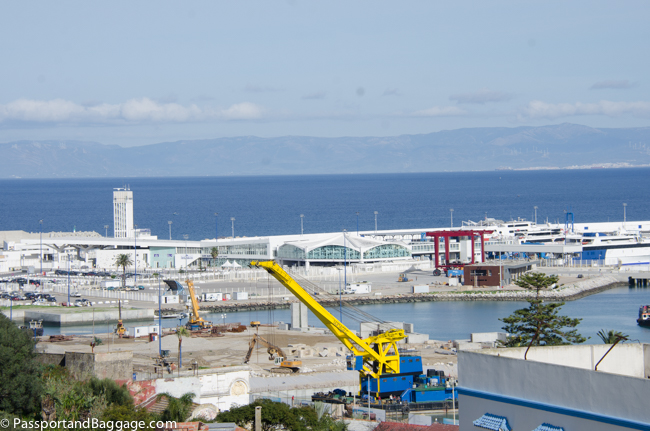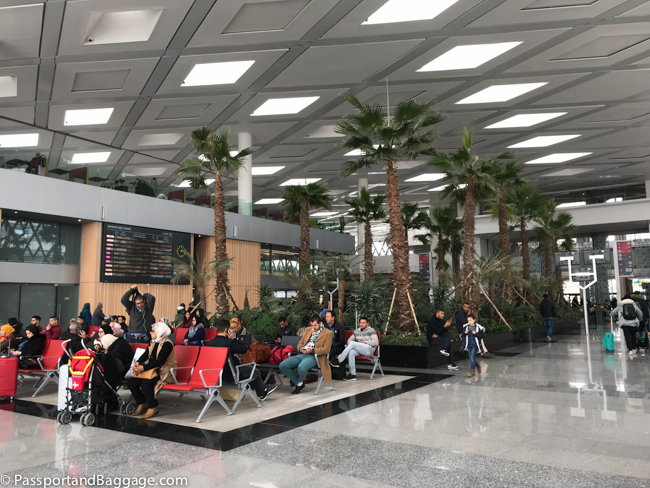December 16, 2019
Cave of Hercules
The cave is part natural and part man-made. The man-made part was used by Berber people to cut stone wheels from the walls, to make millstones, thus expanding it considerably.
It was believed that the cave is one end of a subterranean ley tunnel over 15 miles long which passes under the Strait of Gibraltar and emerges at St. Michael’s Cave in Gibraltar. Legend has it that the Barbary macaques entered the Rock of Gibraltar from Morocco this way.
Mythological tradition also holds that the Roman god Hercules stayed and slept in this cave before doing his 11th labor, which was to get golden apples from the Hesperides Garden, which some ancient Greek writers said was located nearby at Lixus.
Lixus
Lixus is an Amazigh (Berber) name that means “golden apples” in Arabic.
The city of Lixus is the oldest archaeological site in Morocco and one of the oldest Phoenician establishments in the western Mediterranean. The site itself was not open to the public until this year.
Lixus was first settled by the Canaanites in the 12th century BCE and was later controlled directly from Carthage. When Carthage’s empire fell to Rome during the Punic Wars, Lixus along with Chellah, and Mogador became outposts of the province of Mauretania Tingitana.
Lixus flourished during the Roman Empire, mainly when the emperor Claudius (CE 41-54) established the province of Africa with full rights for the citizens. Lixus was one of the few Roman cities in Berber Africa that had an amphitheater.
The Muslim invasions destroyed the Roman city.
Some ancient Greek writers placed the mythological garden of the Hesperides, where Hercules gathered the golden apples for Eurystheus, at Lixus. The name of the city was often mentioned by writers from Hanno the Navigator to the Geographer of Ravenna and confirmed by stamps found on its coins.
Most of Lixus has not been excavated, and so far only 10 percent of its 190 acres have been uncovered. Lixus joined the list of UNESCO World Heritage Sites in 1995.
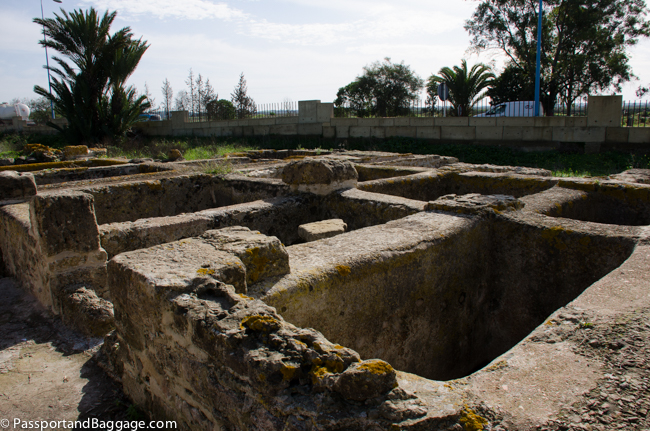
Tanks for making Garum a fermented fish sauce used as a condiment in the cuisines of ancient Greece, Rome, Carthage and later Byzantium.
If you have not read the Didius Falco books by Lindsey Davis or enjoyed colatura di alici over pasta, you may not know what Garum is. Here is an old recipe:
– from the 10th-century Byzantine manual Geōponika: Agricultural pursuits, Vol. II, pp. 299–300; translated from the Greek by Thomas Owen; London 1806.
Assilah
A small town between Linux and Tangier is Assilah.
From 1912 to 1956, Asilah was part of Spanish Morocco. In 1978 the then-mayor, Mohamed Benaissa, and painter Mohamed Melehi were instrumental in organizing an art festival, the International Cultural Moussem of Asilah. It is credited with having promoted urban renewal in Asilah and is one of the most important art festivals in the country. It played a role in raising the average monthly income from $50 in 1978 to $140 in 2014. The festival features local artwork and music and continues to attract large numbers of tourists. There is a tradition of painting murals on the walls to be left until the next year’s festival.
Asilah is now a popular seaside resort, with modern holiday apartment complexes on the coast road leading to the town from Tangier. The old neighborhoods are restored and painted white, and the wealthy from Casablanca have their weekend getaways here.
When I visited it was absolutely empty, I was told by my driver it wakes up in the evening, however, I have a feeling, judging by the amount of truly excellent restoration I saw as I walked the town, it is really a weekend/summer type of community.
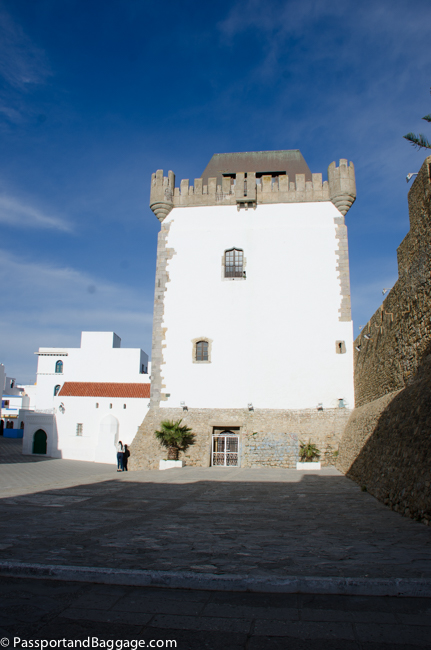
The walls of the medina of Asilah still stand, intact. In fact, much restoration is occurring to keep them that way
Just a few fun sites around this sleepy town.
Cape Spartel
Not far from the Cave of Hercules is the Cape Spartel, the northwestern extremity of Africa’s Atlantic Coast.
Built by Sultan Mohammed III in 1864, this lighthouse was maintained by Britain, France, Spain, and Italy until Morocco’s independence from France in 1956.
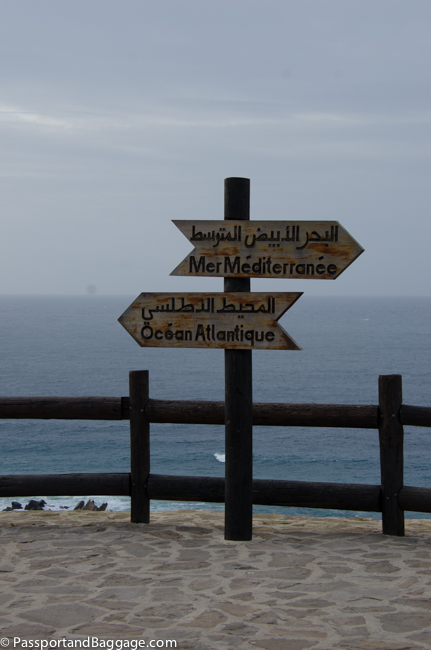 On a clear day, it is possible to look out on the horizon and see the meeting point of the dark blue Atlantic and the turquoise Mediterranean.
On a clear day, it is possible to look out on the horizon and see the meeting point of the dark blue Atlantic and the turquoise Mediterranean.
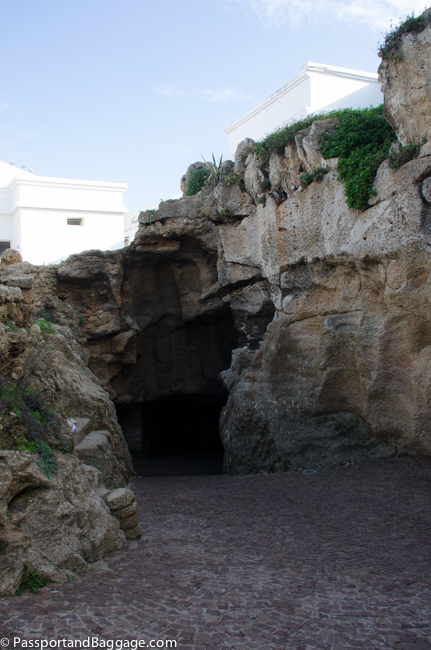
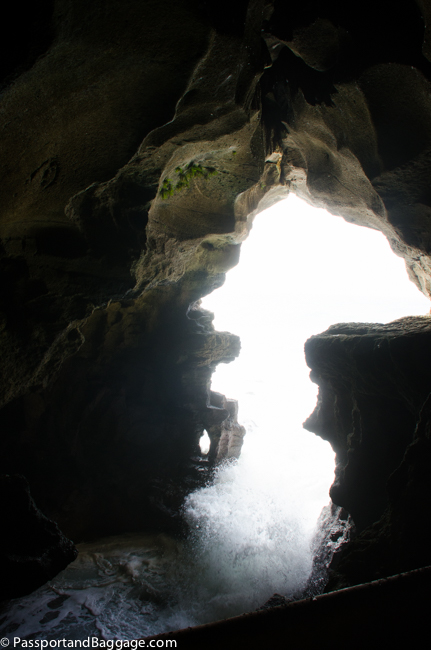
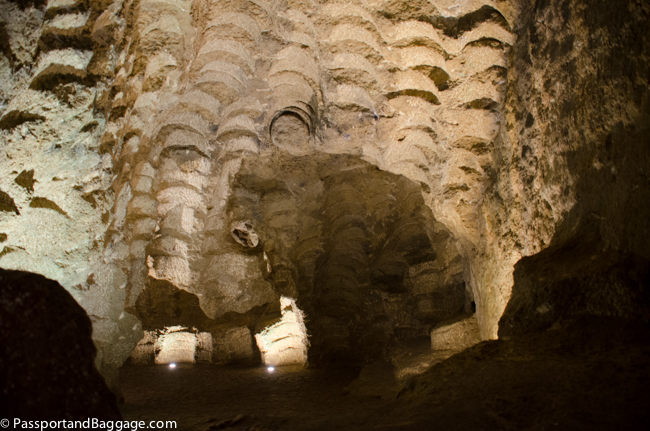
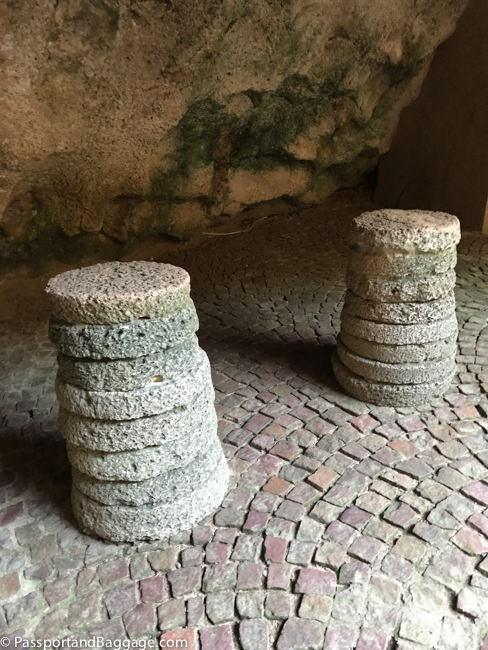

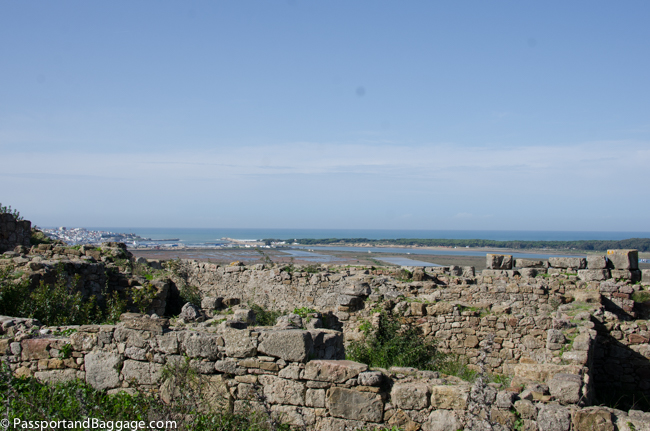
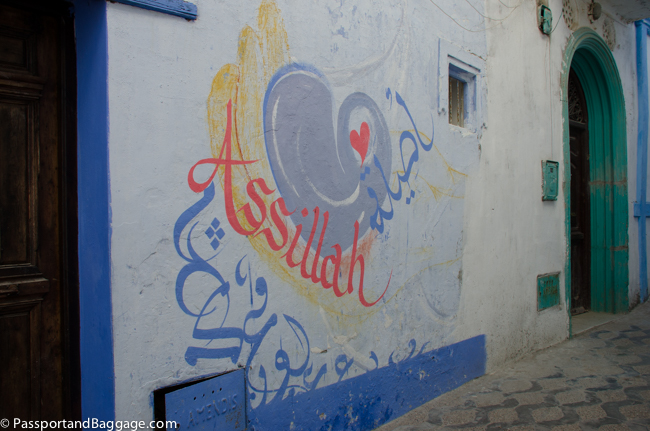
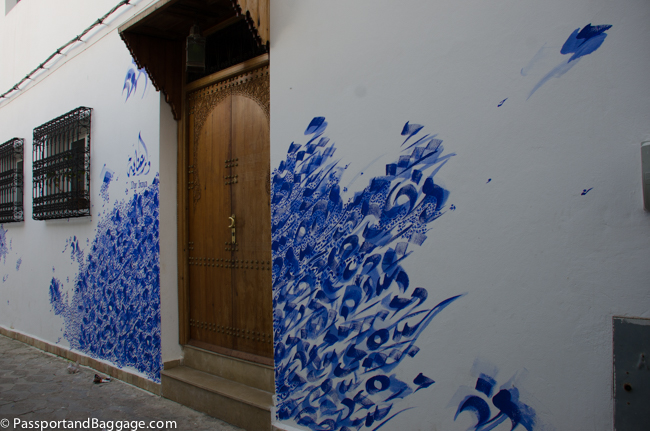
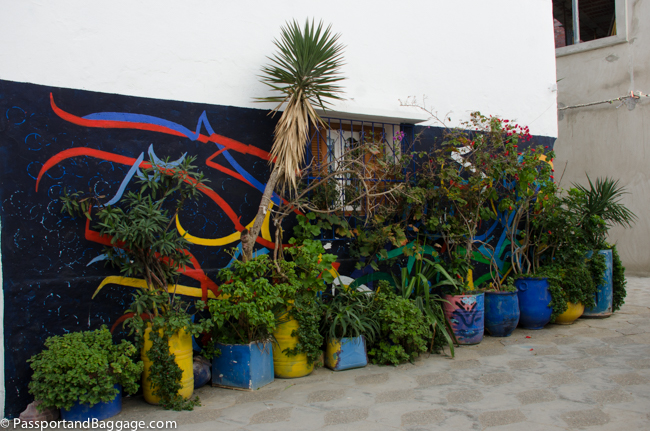
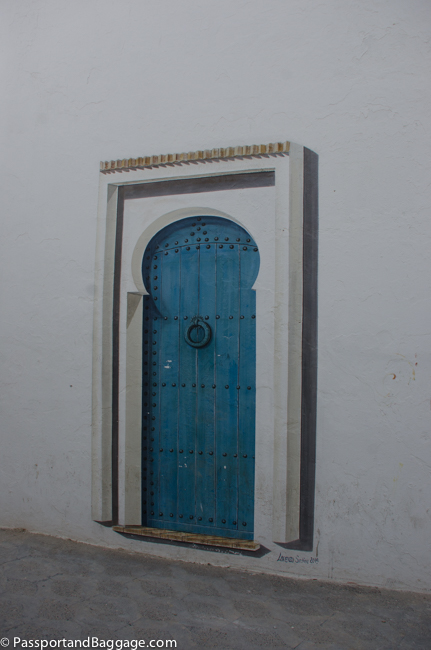
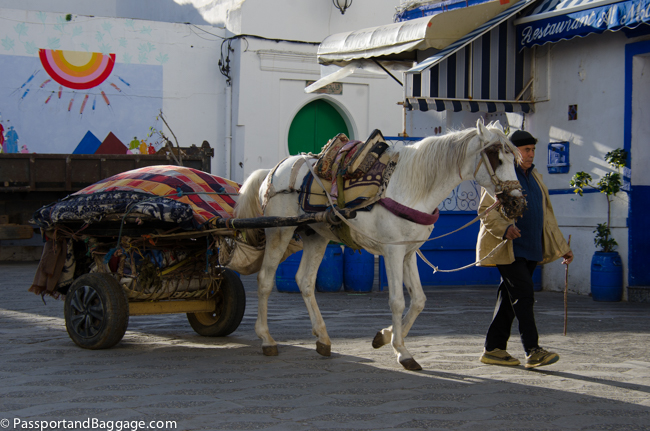
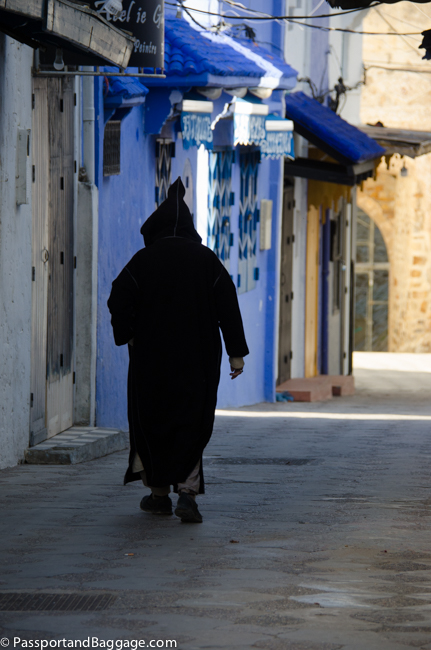 *
*